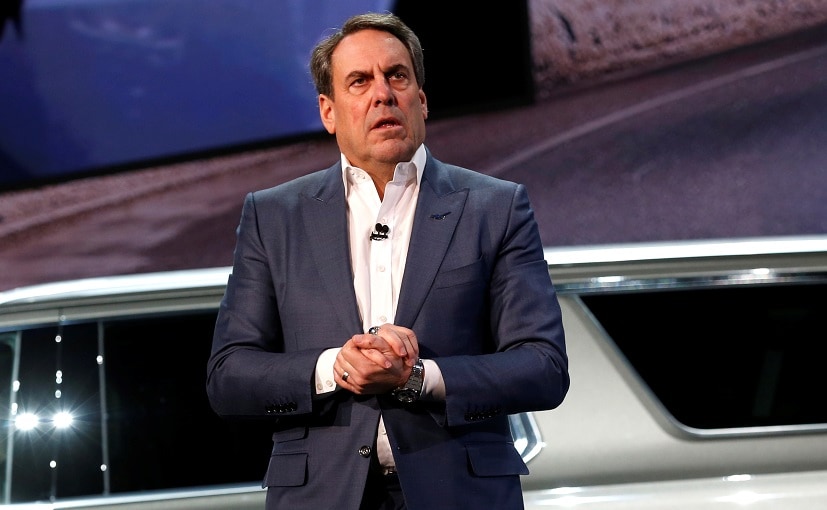GM Announces Linux Based Platform For OTA Updates, Subscriptions Called Ultifi

Highlights
- Ultifi will be based on Linux & will allow third parties to develop apps
- It will also tap into IoT devices like smart cameras and thermostats
- It will in-car subscriptions and OTA updates alongside Android automotive
GM has announced a new software platform called Ultifi which will enable over the air (OTA) updates, in-car subscriptions, and facial recognition technology. The new software platform will enable things like weather apps, the use of in-car cameras for facial recognition or to detect children to trigger child locks. This will be a Linux-based system that will be available for third-party developers to tap into and they can create applications for GM's customers. GM is going through a "transformation... from an automaker to a platform innovator," said Scott Miller, vice president of software-defined vehicles at the company. He added that Ultifi will act as a hub for all vehicle systems. Ultifi will start rolling out to GM cars in 2023 which will also coincide with most of GM's fleet being based on the Android Automotive operating system.
Ultifi will work in tandem with Android Automotive however not every GM car will be powered by Android Automotive. "Android Automotive is a certain subset of functionality in the car. Ultifi is more of an umbrella overall strategy," Miller explains.

General Motors President Mark Reuss
The platform will be connected to the cloud enabling GM to make decisions for its customers without their input. So for example, if the sunroof was left open and it started raining, the car would automatically close the sunroof. GM also believes that this platform will work with other smart devices and even smart home IoT elements like security systems and thermostats.
There is a vision for in-car purchases like the Super Cruise hands-free system that provides advanced driver assistance functionality. Ultifi will even enable the driver to use Super Cruise for a trip and then cancel its subscription. In the future, there could also be car cloud services like the way Apple and Google currently charge smartphone users for iCloud or Google Drive.
Last Updated on September 30, 2021














